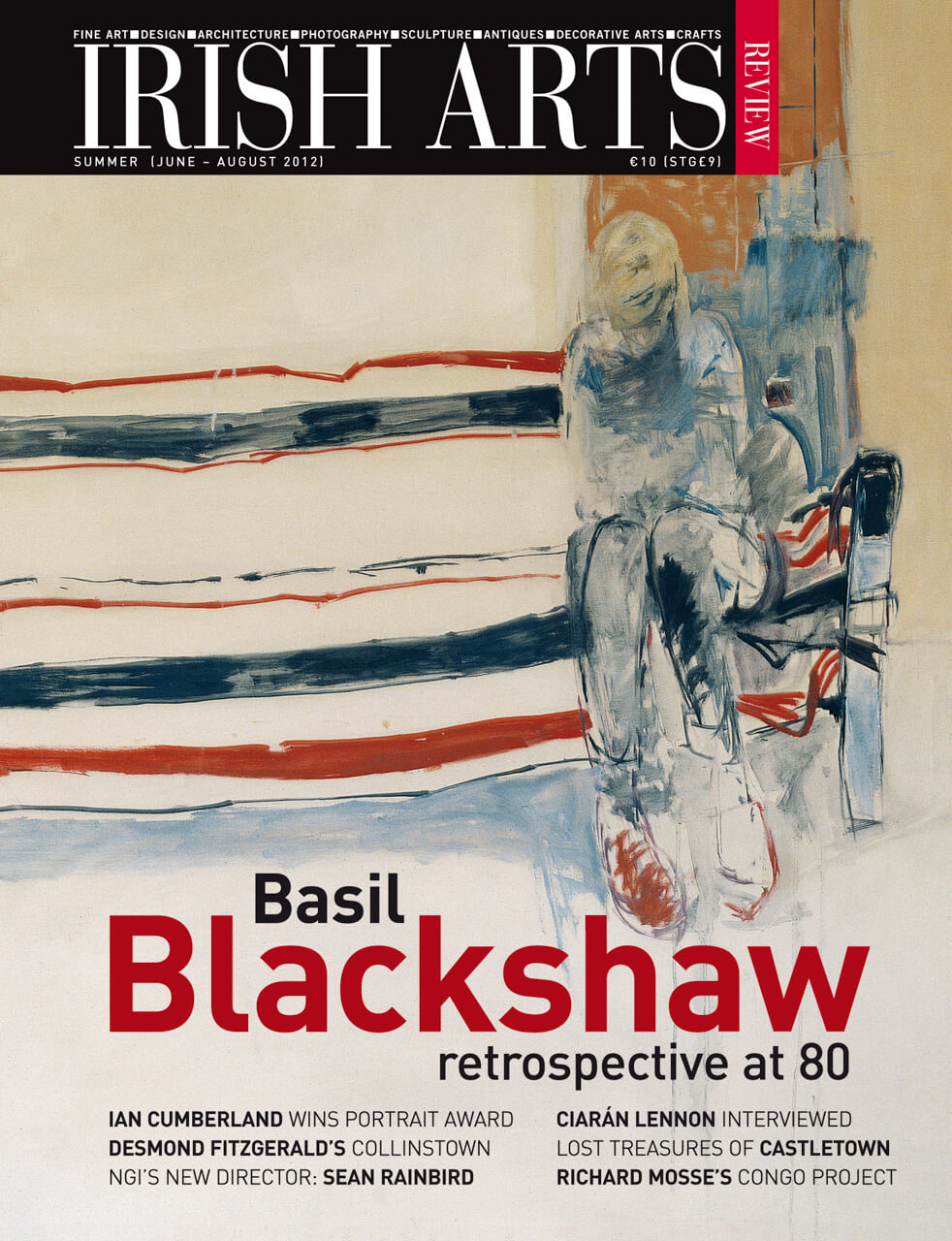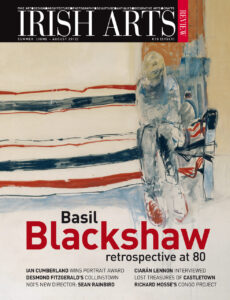

Stephanie McBride examines the startling imagery of Richard Mosse who has made infrared film his signature medium
Irish photographer Richard Mosse has described the camera’s lens as ‘brutally dumb’. He has been accused of frivolity by photojournalists and his art practice has taken him through postwar ruins, from the occupied palaces of Saddam Hussein to remote, barren landscapes to photograph the sculptural wreckage of air disasters.
Mosse is a recipient of Guggenheim and Leonore Annenberg Fellowships, and his work is clearly informed by his background in Cultural Studies before completing an MFA in Photography at Yale. In his practice he is acutely aware of the tensions between photography’s positivist traditions and his drive to address the more abstract conditions and consequences of history and conflict.
His current project ‘Infra’ took him to the Democratic Republic of the Congo. The role of photography in exposing Leopold II’s brutalities there in 1896 and Conrad’s fictional Heart of Darkness partly prompted his explorations. The Congo continues to have a complex, troubled history of poverty and persecution in a mineral-rich terrain, with uncertain alliances and fragile truces between armies, militias and rebels.
For this series he uses Kodak Aerochrome. It’s a large-format, infrared film for military surveillance and reconnaissance, whose production is now discontinued. Aerochrome’s specific properties yield strange, sublime landscapes and surreal geographies. Its hues of magenta, lilac and pink – where nothing is as it seems, where green jungle foliage is translated as red – have a startling impact, infusing the territories patrolled by nomadic soldiers with a highly alien magic realism.
Some of the terrains are devoid of people. The Poison Glen gains its charge from the scale, expanse and extraordinary palette of its lush landscape (Fig 1). In Hombo, the curious beauty of the scarlet tropical growth is undermined when, on closer view, a cluster of shantytowns emerges, stretching endlessly along the riverbanks (Fig 4). Stranger still are the portraits of armed men, young and old, in ad-hoc military garb, posing directly to the camera. Another soldier is embedded in the coral-shaded undergrowth. A blazing clash of yellow and pink offers further spectacle of armed combat, while in another image, a skull sits amid crimson leaves as a still life vanitas (Fig 7).
In the super-saturated image culture of smartphones and webcams, Mosse’s work dislodges our easy acceptance of the visual cliches that dominate war reporting and draws us beyond, inviting us to look slowly, closely and with more attention. While normal human vision works within a limited range of the light spectrum, the infrared Aerochrome film’s palette captures the abnormal, invisible ends of that spectrum. Mosse becomes his own range-finder, developing his symbolic and conceptual vocabulary to extend the contours and subvert the fact-fuelled empiricism of war reporting, probing the limits of photojournalism. He reconfigures the technology of military surveillance itself to extend our range – historically and politically, posing questions about the role of war photography, the least visible dimensions of conflict, and the politics of the image in art.
All images ©The Artist.
Stephanie McBride teaches film, media and visual culture at Dublin City University
From the IAR Archive
First published in the Irish Arts Review Vol 29, No 2, 2012
